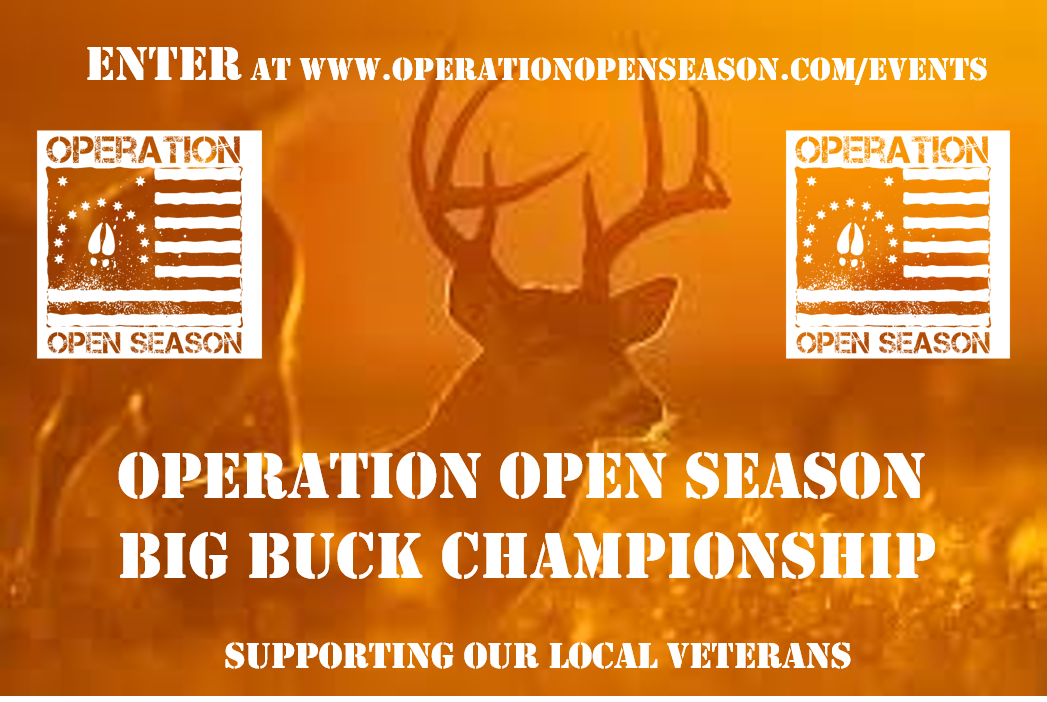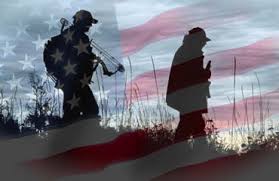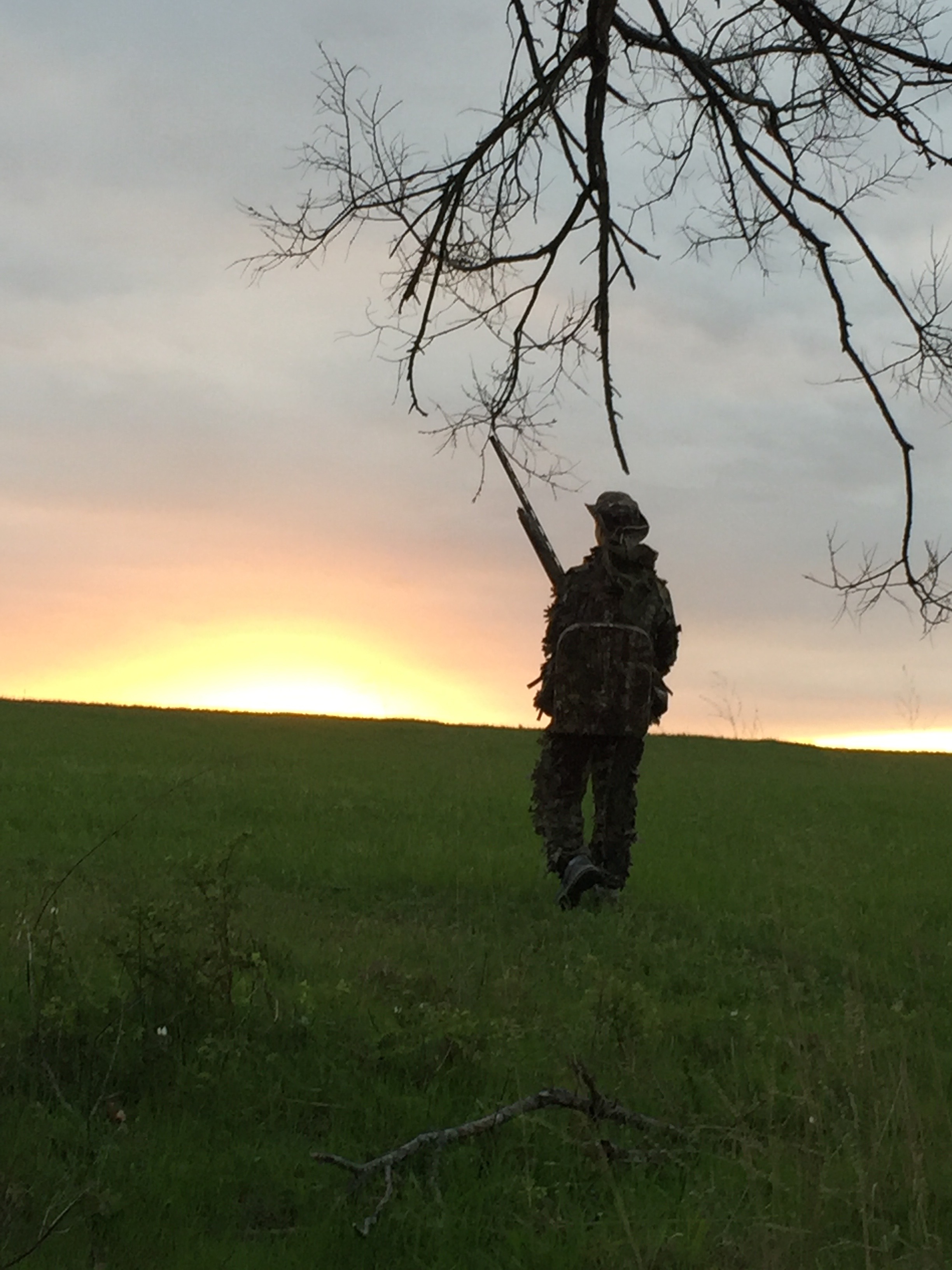 Here are a few helpful tips for scoring your next big buck!
Here are a few helpful tips for scoring your next big buck!
Boon and Crocket Scoring:
Measuring whitetail deer antlers determines how significant a hunt was before you mount the rack. In some cases, it can lead to awards for exceptional hunting. The Boone and Crockett scoring system has been the template for most other scoring systems, so you should start by taking these spread, point and circumference measurements.
Steps
Preparing to Score Antlers
Ensure the skull plate is intact and it has not been artificially replaced or repaired. Your antlers can’t receive an official Boone and Crockett score in this condition.
Make sure your whitetail deer hunt follows the fair game laws of your state. Unfair chase makes your antlers ineligible to be officially scored.
Place your antlers, your measuring tape, yardstick and steel cable on a table. The skull plate should be sitting on your table so that you can take horizontal and vertical measurements of the rack. You will need to take all measurements to the nearest one-eighth inch.
Measuring Spread
Measure the tip-to-tip spread with your measuring tape. This is the distance between the tip of the right antler and the tip of the left antler. Take the measurement from the front of the antlers.
Write down all your measurements on your score sheet or using the Boone and Crockett Club online form.
This is usually a small measurement, because the main beams reach toward each other in the middle of the rack.
Find the greatest spread. This is the distance between the widest point of the left antler to the widest point of the right antler. This horizontal measurement can be taken along any point of antlers along the main beam.
Locate the inside spread of the main beams. Measure the horizontal distance between the widest curve of the main beam on each side.
Calculate the length of the main beam. Start at the burr, where the antlers meet the skull. Twist your flexible measuring tape so that it follows the center of the lowest outside edge of the main beam over the outer side to the end of the main beam.
Start with the right antler, and then do a separate measurement for the left antler.
Antlers are not perfectly symmetrical.
Measuring Points
Distinguish the normal points from abnormal points. Typical/normal points are those extending from the top of the main beam. Abnormal points can extend from the main beam near the burr.
Total up the lengths from base to tip of each abnormal point on the right antler and on the left antler. This should be fairly easy and short, unless your deer’s antlers are extremely abnormal.
Measure each normal point on the right antler. The Boone and Crockett Club scoring sheet has places for up to seven points, although few deer will have that many. Repeat with the points on the left antler.
Measuring Circumference and Finishing
Determine the circumference points for your antlers. This is the narrowest point between one location and another. Use a flexible measuring tape to wrap in a circle around that point, or use a flexible steel cable and then lay it out across a yardstick to determine the measurement.
Wrap your flexible measuring tape around the area between the burr and the first point of the right antler. Make sure you are choosing the narrowest point. Repeat on the left.
Measure the circumference of the narrowest portion between the first and second points. Do the right and then the left.
Measure the circumference between the second and third points on both sides.
Determine the circumference between the third and fourth points on both sides.
Things You’ll Need
*Deer antlers
*1/4-inch steel measuring tape
*Flexible steel cable
*Yardstick
*Score sheet
*Pencil

